Optimal air humidity in
universities
40-60%
NATURAL.
HYGIENIC.
HEALTHY.
The healthy indoor climate in universities.
The planning and operation of university buildings is associated with a high level of responsibility. Lecture halls at universities often offer space for several hundred students. These students are expected to follow the lecturing professor attentively and hungry for knowledge and to actively participate in seminars. The more successful this is, the better prepared they are for the tasks in the working world after their studies. To this end, a large proportion of taxpayers' money flows into teaching and research at our universities every year.
Scientific findings show that the indoor climate has a major influence on the health, well-being and performance of students and lecturers. The comfort zone for humans lies between 40 and 60 % in relation to relative humidity (RH). Between these two values, the person feels comfortable, is efficient and remains healthy.
Optimal working conditions for the mucous membranes in nose and mouth. These protect students, lecturers and professors against the penetration of particles, bacteria and viruses into their airways.
The transmission rate of viruses via the air is reduced because virus particles form larger droplets at a humidity level of 40-60 % and thus sink to the ground faster.
The survival time of viruses on surfaces is reduced at an air humidity of 40-60 %. Viruses with a fat cover (e.g. corona viruses) are most unstable under these conditions.
The skin's state of hydration is in the optimal range at an air humidity of 40-60 %. Complaints such as itching and skin irritation among students, lecturers and professors are reduced.
At an air humidity of 40-60 %, significantly less moisture evaporates via the eyes. Thus, the eyes of students, lecturers and professors are better protected against dehydration.
A humidity of 40-60 % leads to less stress symptoms and improves the conditions for physical activities of students, lecturers and professors.
Students who feel well and are in good health are demonstrably more concentrated, alert and motivated. The performance of students, but also of lecturers and professors, improves with the increase of exactly these three factors and depends on the indoor air quality. The students are more receptive to the transfer of knowledge and in the end achieve a better university degree without additional pressure to perform. This in turn increases the enjoyment of studying and campus life.
The advantages for your university:
With heating in autumn/winter, the relative humidity decreases.
Keeping the air humidity stable in our comfort zone at 40-60 % is not always easy and can only be reliably guaranteed by technical humidification of the indoor air. Especially in autumn and winter, we quickly leave the optimal range between 40 and 60 % relative humidity due to the regular and necessary exchange of the heated indoor air with colder outside air. This is because cold air can physically absorb less moisture than warmer air. If this outside air now enters a warm room and warms up from, for example, 0 °C to 22 °C, the relative humidity (RH) of this heated air cannot exceed approx. 20 % in the end. This means that in winter, the supply of fresh air inevitably leads to a reduction in the humidity of the indoor air and to it leaving the comfort zone by 40-60 %.
For this reason, the German Building Climate Association (FGK) recommends that planners, architects and operators of buildings supplement ventilation systems with professional systems for air humidification in order to regulate air humidity and ensure a healthy indoor climate.
Our systems for air humidification in universities.
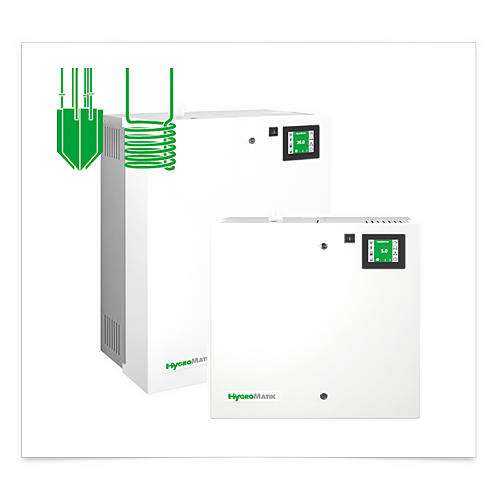
Humidification principle:
Isothermal, temperature remains unchanged during humidification
Water quality:
Installation:
In the ventilation system or directly in the room
Special features:
Special ease of use through touch control

Humidification principle:
Isothermal, temperature remains unchanged during humidification
Water quality:
Installation:
In the ventilation system or directly in the room
Special features:
Compact dimensions
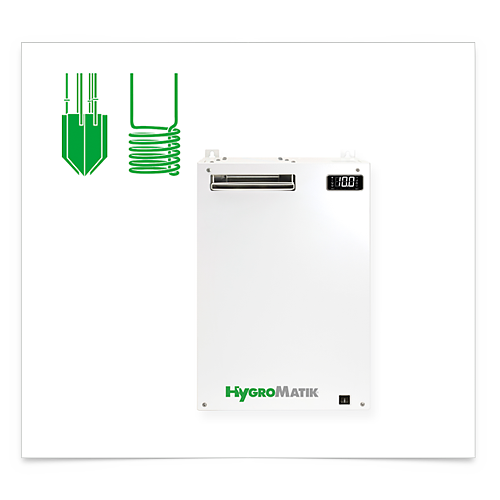
Humidification principle:
Isothermal, temperature remains unchanged during humidification
Water quality:
Tap water of different qualities
Installation:
Directly in the room
Special features:
Integrated quiet-running ventilation unit
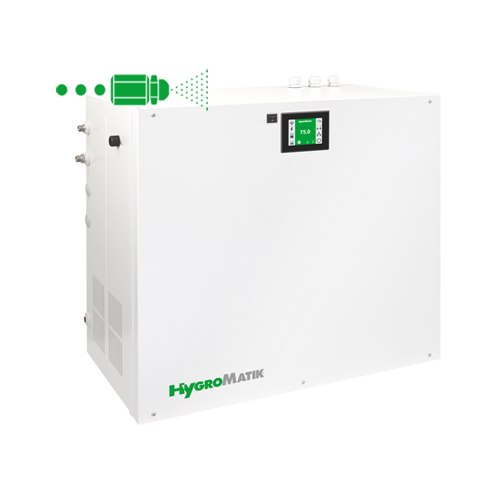
Humidification principle:
Adiabatic, humidifies and cools simultaneously
Water quality:
Fully demineralised water without additives
Installation:
In the ventilation system
Special features:
Special ease of use through touch control
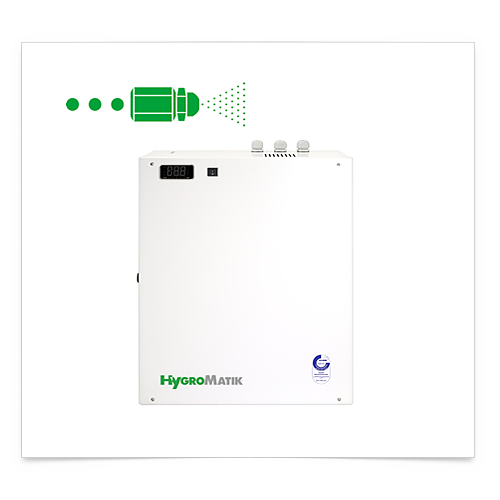
Humidification principle:
Adiabatic, humidifies and cools simultaneously
Water quality:
Fully demineralised water without additives
Installation:
In the ventilation system
Special features:
Compact dimensions
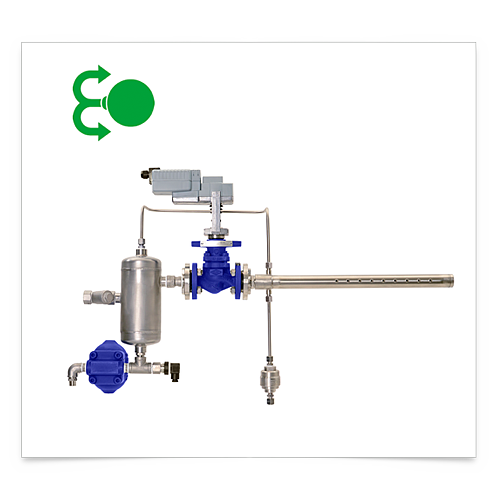
Humidification principle:
Isothermal, temperature remains unchanged during humidification
Feed steam quality:
Black steam or pure steam
Installation:
In the ventilation system
Special features:
Integration into existing pressurised steam network
Get information and advice now.